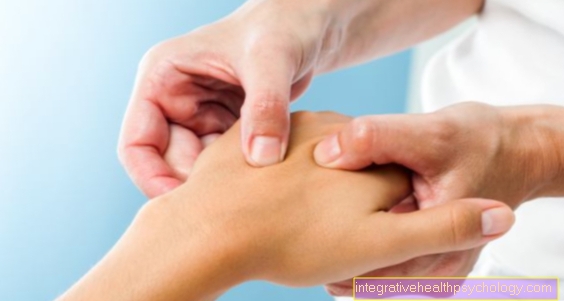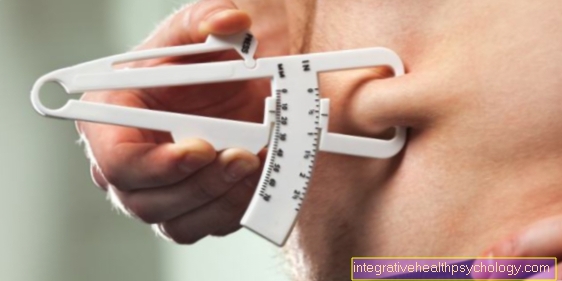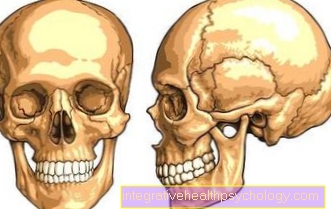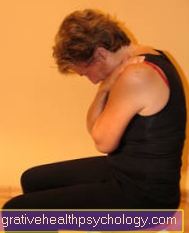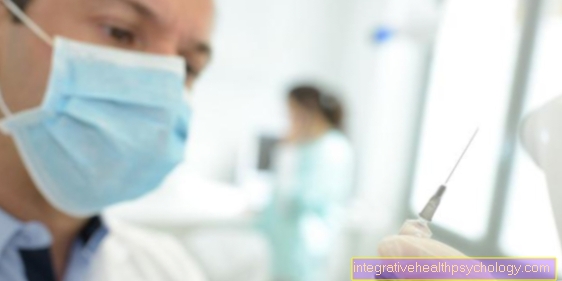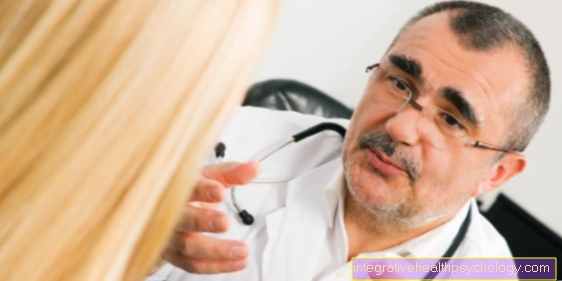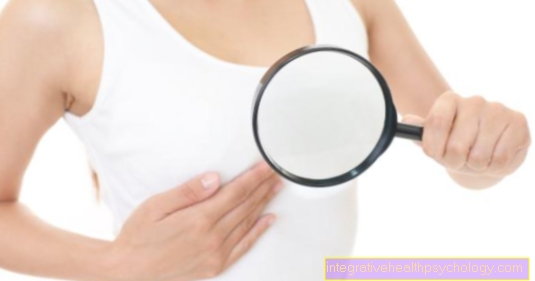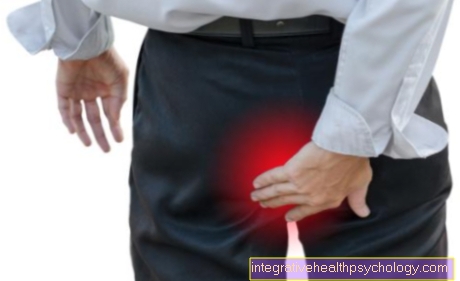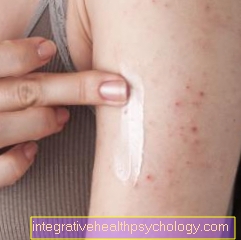Rehabilitation and prophylaxis after heart attack
rehabilitation

Rehabilitation after one Heart attack takes place in 3 phases:
- Acute hospital
The patient is monitored around the clock in the intensive care unit and a coronary angiography (X-ray image of the Coronary arteries). In the hospital, the patient is mobilized at an early stage and instructed to exercise actively by the physiotherapist. The duration of the hospital stay is approx. 7-14 days with uncomplicated courses of the heart attack.
- Follow-up treatment
During this phase, the patient will continue to be cared for in a rehabilitation clinic or an outpatient therapy center. In addition to therapy elements such as movement training, health education and testing the patient's condition under stress, training is carried out to reduce fear of a new heart attack. Patients often associate physical activity with heart attack events, which leads to the avoidance of sport and physical exercise. However, such passive behavior is associated with a higher risk of re-infarction.
The patient is also prepared for his return to work. - Reintegration into everyday and professional life, further outpatient care
After the heart attack and the completed rehabilitation measures in the rehabilitation clinic or the therapy center, the patients are reintegrated into their professional and everyday life, i.e. they do their work and everyday chores like they did before the heart attack. Learned measures to reduce the risk of CHD (coronary heart disease / coronary artery disease) and myocardial infarction, e.g. Changing your diet and avoiding nicotine should be used in everyday life.
Prophylaxis after myocardial infarction
Secondary prophylaxis is a further step in care after a heart attack: Targeted preventive measures are intended to prevent or halt the progression and worsening of coronary artery disease (CHD) by eliminating risk factors for a heart attack.
These include adjusting blood sugar (diabetes mellitus) and blood pressure (lowering high blood pressure), avoiding nicotine, reducing body weight, normalizing blood lipid and cholesterol levels, and regular physical activity.
The patient should eat low-fat and high-fiber foods, regularly
- fruit
- vegetables
- Fish and
- unsaturated fatty acids (e.g. in olive oil)
consume. Participation in the program of a cardiac sports group / coronary sports group is recommended. As part of cardiac sports, the patient's endurance training is tailored to their individual resilience. The patients exercise 3 to 7 times a week for 15-60 minutes at 40-60% of their maximum physical capacity.
Being physically active reduces the risk of another heart attack.
Avoiding stress, anger and excessive exertion as well as learning relaxation exercises promote the well-being of the heart attack patient.
As part of secondary prophylaxis, drugs are used that improve the prognosis in the event of a heart attack by reducing the patient's risk of death.
Read more on the topic: Prevent heart attack
These include the following groups:
- Beta blockers (for the effect see Therapy heart attack
(Active ingredient e.g. Metoprolol, preparation e.g. Beloc ®) - Platelet aggregation inhibitors, (Active ingredient e.g. acetylsalicylic acid, preparation e.g. aspirin®)
- Cholesterol lowering drugs (Statins), (active ingredient e.g. Simvastatin, preparation e.g. Simvahexal ®)
These drugs inhibit the formation of cholesterol and have the effect of lowering LDL (“bad / harmful” cholesterol) and increasing HDL cholesterol (“good” cholesterol) in the blood. - ACE inhibitors
(Active ingredient e.g. Captopril, Preparation e.g. Lopirin ®)
They slow down the remodeling process after a heart attack. The heart is relieved and blood pressure is lowered.
Occur in the post-infarction phase, i.e. the time after the heart attack, Cardiac arrhythmias on, this can be done with the antiarrhythmics Amiodarone (e.g. Cordarex®) or Sotolol (e.g. Darob®) can be prevented. If the cardiac arrhythmias cannot be treated with medicinal, conservative therapy, the installation (implantation) of a pacemaker with an integrated defibrillator function for ventricular fibrillation (ICD) is a possible therapeutic step.
A Defibillator can with ventricular fibrillation, what a Cardiac arrest is the same, because an orderly heart action no longer takes place, the electrical derailment of the heart is ended and a normal rhythm is re-established by a "restart". For this purpose, an electric shock is delivered to the heart.



